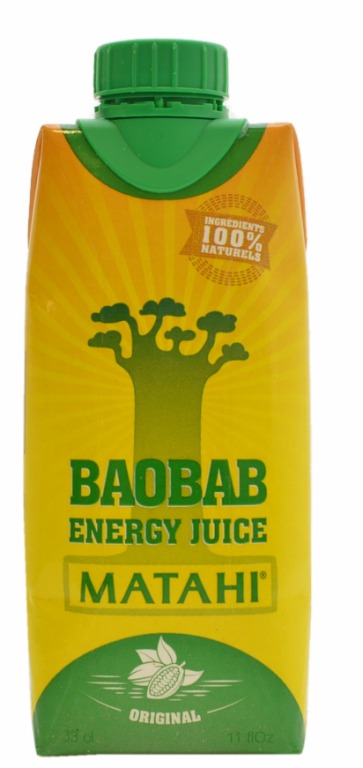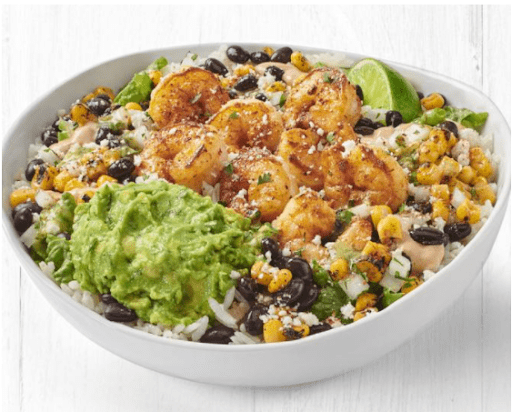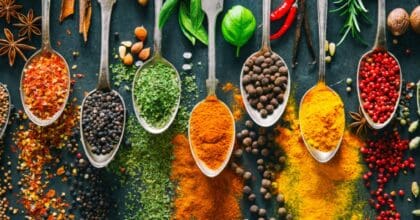My fascination for baobab trees was inspired by a chaotic, and near disastrous, trip to Timbuktu, Mali 15 years ago. Towering and bizarre, the trees stood along the Bandiagara Escarpment, ghostly grey and eternal. Known as ‘the Tree of Life’ in Africa, baobab fruit has impressive nutrition credentials, and often makes the lists of superfoods to watch. Fruit from the baobab tree, which predominantly grows in Africa, is dried and powdered and is said to contain six times the vitamin C of an orange. It is also rich in antioxidants, dietary fibre, has prebiotic qualities and is higher in potassium than bananas.
These health credentials make it an appropriate addition to energy foods and we’re seeing it more and more in the drink sector. In 2011, the juice market accounted for 100% of all non-alcoholic drinks containing baobab. Although it remains a niche ingredient – owing to the scarcity of the tree and laborious harvesting process – baobab fruit has found its way into other drink categories. In 2016, juice accounted for just 63% of drinks with baobab, with other beverages, like meal replacement shakes and powdered smoothie shakes, accounting for 23% of launches and sports and energy drinks accounting for 13%.

The German government funds a baobab research project
In November 2016, the German government announced funding for a global research project called Baofood, which aims to ensure a sustainable food supply in Eastern Africa using the baobab tree. The commercial use of baobab has historically been limited due to the scarcity of the tree, a lack of consistency in the fruit’s quality and undeveloped supply chains. The Baofood project aims to improve understanding of these issues and increase sustainable production of the fruit, which could see it appear on more drink ingredient lists in the future.
Baobab can provide an African health halo to energy drinks
Just as the caffeine element of energy drinks has embraced naturalness, illustrated through the emergence of guarana and guayusa, other elements of the drink are also looking to unfamiliar plants in far flung parts of the world to convey an exotic health halo. Native species which have associations with health and nutrition have provided a rich source of inspiration for functional health drink manufacturers in recent years. For example, the Himalayas have been tipped to be the next source of energy drink ingredients.
Perhaps more than any other drinks category, it is energy drinks which require such wholesome, nutritive additions to their recipes. The category continues to be saddled with a negative health image, reflected by the third of US adults who worry about the safety of regular energy drinks (Mintel Energy Drinks US 2017). These ongoing consumer concerns are compelling brands to look to better-for-you additions to balance out the caffeine content. And at a time when superfoods are coming in and out of fashion in the mainstream press, a lack of familiarity with a plant ingredient can actually elevate its health appeal rather than limit it. Baobab, with its African heritage and nutritional content – not to mention ethical appeal – can provide a health halo with a difference to energy drink brands.
What we think
Baobab is still a niche ingredient, but various projects are taking place with the aim of making it a more commercially viable ingredient, hopefully benefiting the livelihoods of local producers and also delivering an alternative health ingredient to consumers around the world. As energy drink brands are unlikely to shake off their unhealthy image any time soon, they will continue to scour the world for new superfood plant ingredients that offer nutrition appeal as well as an attractive, provenance-heavy backstory.
Alex Beckett is a Global Food and Drink Analyst at Mintel. Prior to that he spent nearly three years writing UK-based consumer reports on a wide variety of food and drink categories. Prior to joining Mintel, Alex was Food and Drink Editor of highly-regarded food industry magazine, The Grocer.








































